Using the groupby method
df = Al[['Connection Name','UAS-RS', 'SES-RS', 'OFS-RS', 'ES-RS', 'BBE-RS', 'Date', 'Alarm Type']]
cols = ['Connection Name', 'Date', 'Alarm Type']
df.mask(df == 0, np.nan).groupby(cols)[['UAS-RS', 'SES-RS', 'OFS-RS', 'ES-RS', 'BBE-RS']].count()
I got the following table:

The initial table had the this king of structure:
| ConName | Date | Alarm | ETH1 | ETH2 | ETH 3|
| AR21 | 25-01-19 | AL1 | 1 | 0 | 3 |
| AR22 | 25-01-19 | AL2 | 0 | 0 | 1 |
| AR23 | 26-01-19 | AL1 | 1 | 1 | 0 |
| AR21 | 26-01-19 | AL2 | 0 | 1 | 0 |
The problem
I want to build barplots for each connection name depicting distribution of features between two Alarm Types.
What I get:

The desired output:

My last code for building plot only for one connection name:
for date in df[df['Connection Name']=='AR-CY18 A2.5G-RTA33']['Date']:
df.mask(df == 0, np.nan).groupby('Alarm Type')[['UAS-RS', 'SES-RS', 'OFS-RS', 'ES-RS', 'BBE-RS']].count().plot(kind='bar',stacked=True,subplots=True)
Also, the problem is, that the script builds multiple plots by date (I interrupted kernel on the 77th plot) with the identical output.
What am I doing wrong? unstacking (unstack().plot.barh()) also didn't help.
Any clues are welcome.
